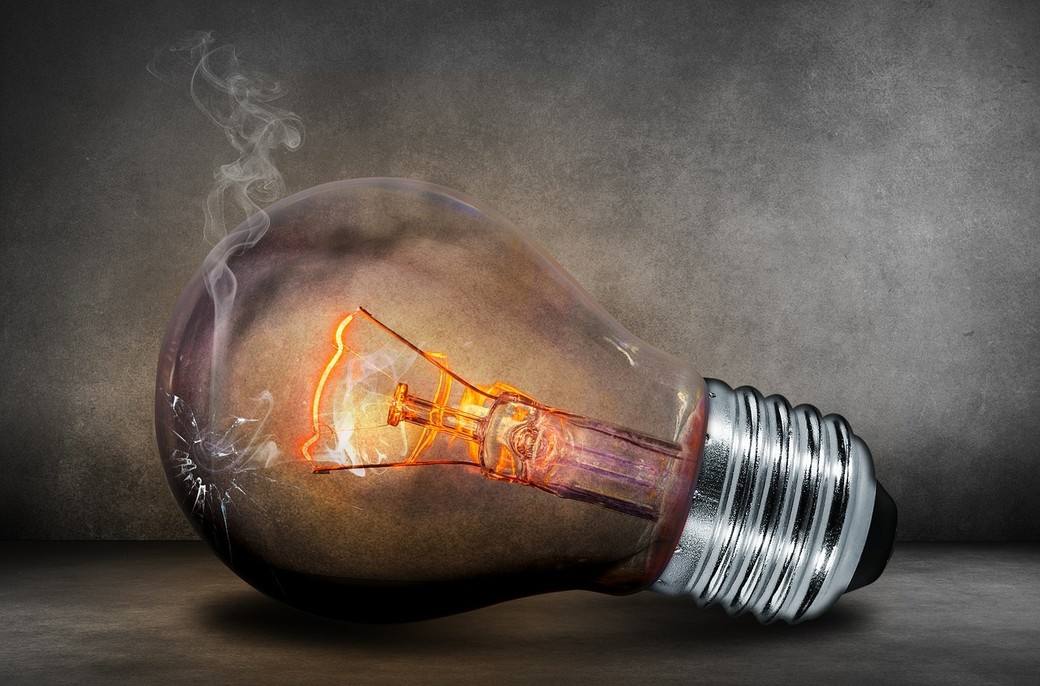
Are You Needlessly Boosting Your Utility Bills?
Sometimes it may seem like energy rates and utility bills are completely out of your control. Reports from the National Energy Board show that some provinces have seen very little change in prices since 2000, while others like Alberta have seen a significant increase in electricity costs.
A lot of outside factors affect utility costs, but at the end of the day the amount we pay hinges on how we use resources. Use them wisely, and it will seem like you’re getting what you paid for and then some. Unfortunately, there are many low to no-cost adjustments that people aren’t utilizing. These changes won’t have much of an impact on your lifestyle, but they will make a difference when you pay your utility bill.
These are the most overlooked, low investment ways to monitor your energy use and reduce what you pay to power your home.
Switch Service Providers
Chances are when you need to take a flight you compare prices online and find the airline with the best price. You can do the same with your electric and gas services. All across Canada in cities like Ottawa, Toronto and Edmonton energy providers are offering different rates per kilowatt-hour. Prices also vary from one territory to the next. There’s a possibility you’re paying more than you have to every time you use electricity or gas.
Making the switch to a cheaper energy plan is the easiest and most effective way to lower your energy bills. Spending a half hour checking the current rates could save you hundreds in the long run.
Wash at the Right Times
Washing machines and dishwashers use both water and electricity to get things clean. They are such convenient appliances that most people slip into a set it and forget it mode when using them. Being a little more mindful each time you wash a load can dramatically reduce the cost.
- Avoid using dishwashers, washing machines and dryers during peak energy times. These are the hours when the most electricity is being used, which is typically in the afternoon during the summer season and in the early morning in the winter.
- Wait to wash until you have a full load. It’s always more energy and water efficient to wash a full load compared to smaller ones, even if the wash cycle is shorter.
- Adjust your settings each time. If your machines allow you to change the settings make sure that they fit the needs of each wash.
Replace Your Incandescent Light Bulbs with CFLs & LEDs
On the shelf, compact fluorescent lights (CFLs) and LED lighting may seem like they are way more expensive than regular incandescent bulbs – and they are. However, in the end CFLs and LEDs save you money and last much longer, making them the smarter buy. Estimates from Energy.gov show that LEDs and CFLs use 75% less energy than traditional light bulbs.
Switch out the bulbs in the lights you use the most and then continue to replace more bulbs overtime.
Use a Programmable Thermostat
A programmable thermostat is the one piece of equipment that can lead to the largest savings. Estimates have shown that making adjustments of 7-10 degrees for eight hours a day can lower your annual heating and cooling costs by 10%. A programmable thermostat makes it much easier to control heating and cooling so that money isn’t wasted by climate controlling rooms when no one is around to benefit. New products like Google’s Nest are making programmable thermostats even more effective and easier to use.
No matter which thermostat you have, take a few minutes to sync it with your schedule:
- In the winter set the temperature to 68 degrees when you’re home and bump it down when you’re away. Each degree is roughly equal to a 1% reduction on your bill.
- In the summer keep the temperature at 78 degrees when you’re home and set it higher when you’re away at work, running errands or in bed sleeping.
To make sure your thermostat is getting an accurate gauge of the temperature, put it on an interior wall that isn’t in direct sunlight and is clear of any furniture.









